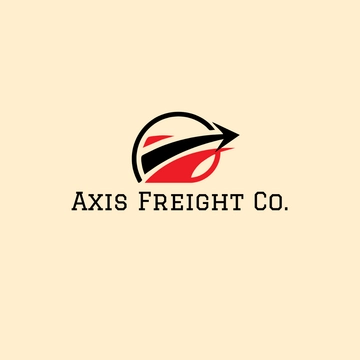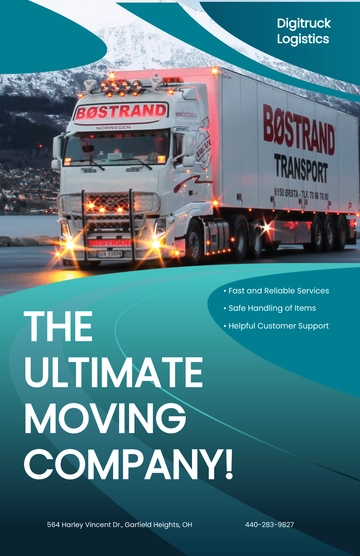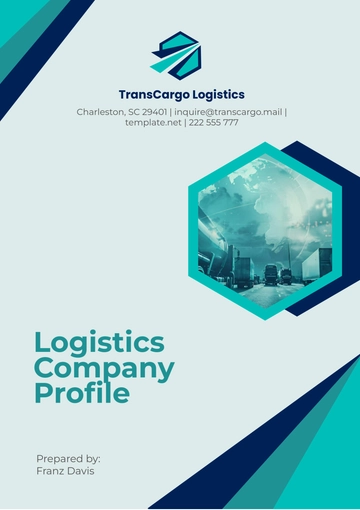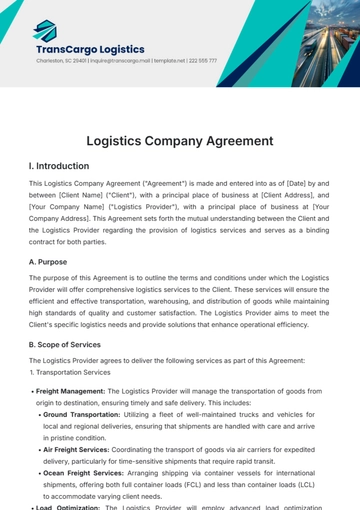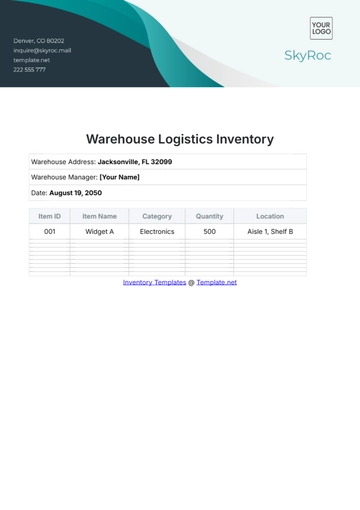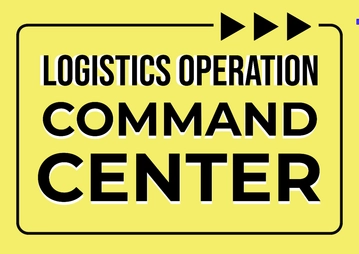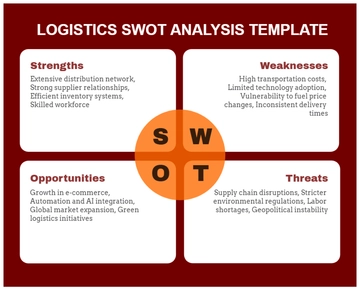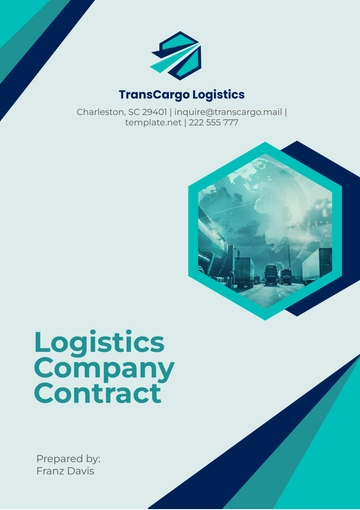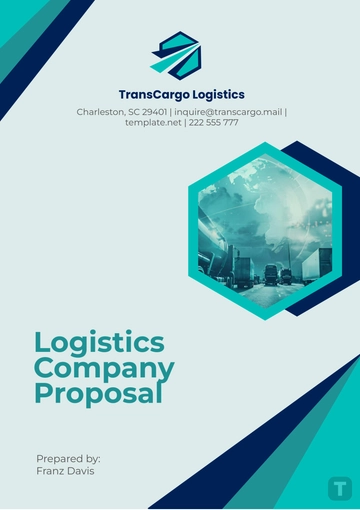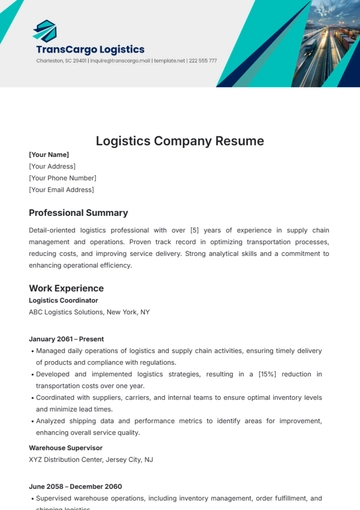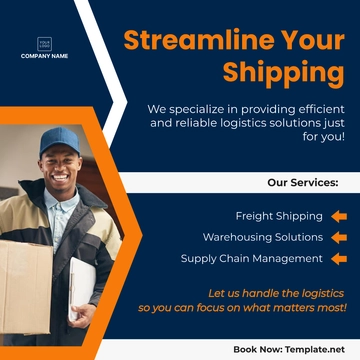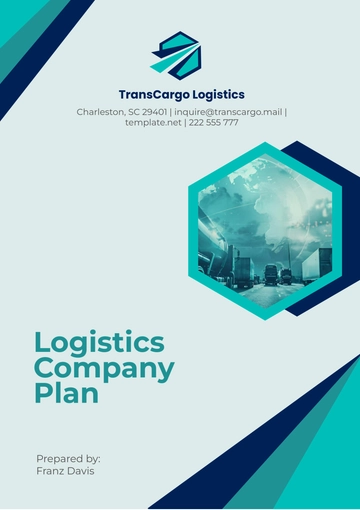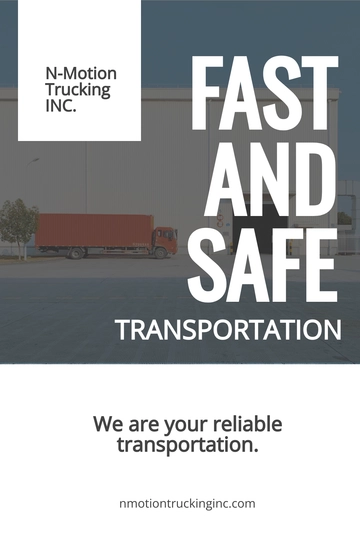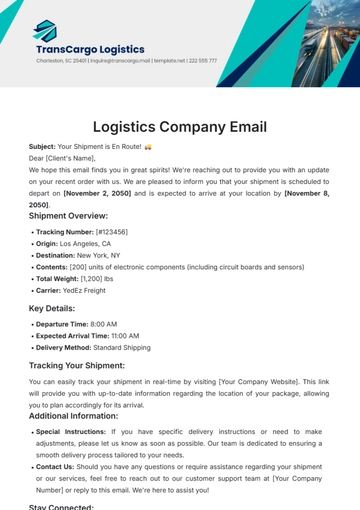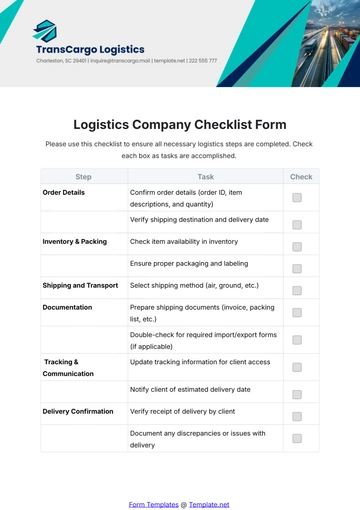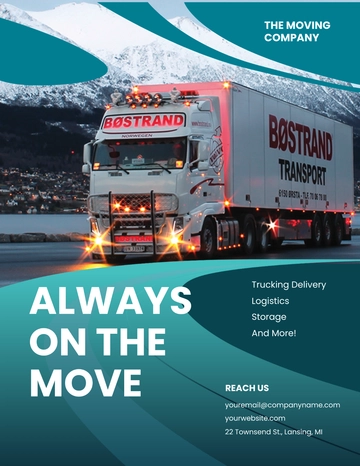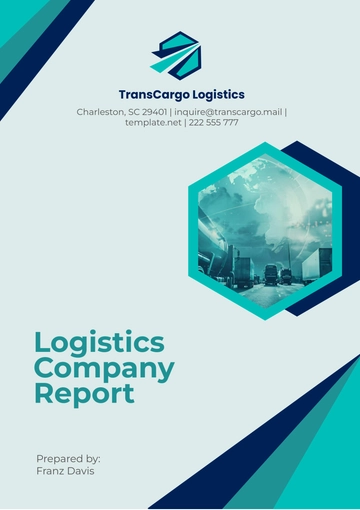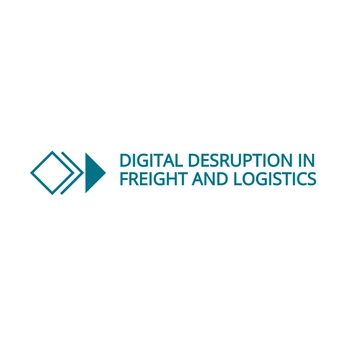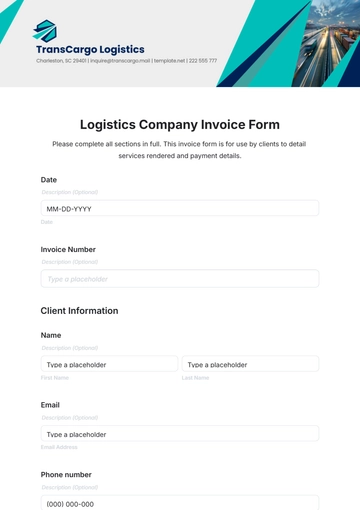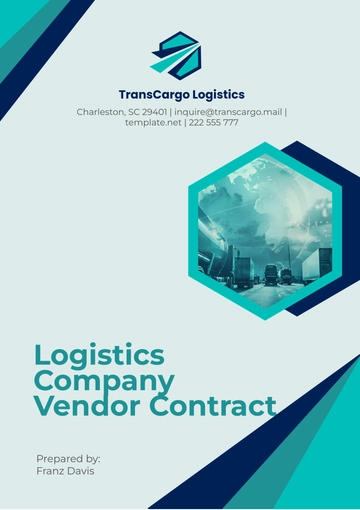Free Food Delivery Supply Chain Management
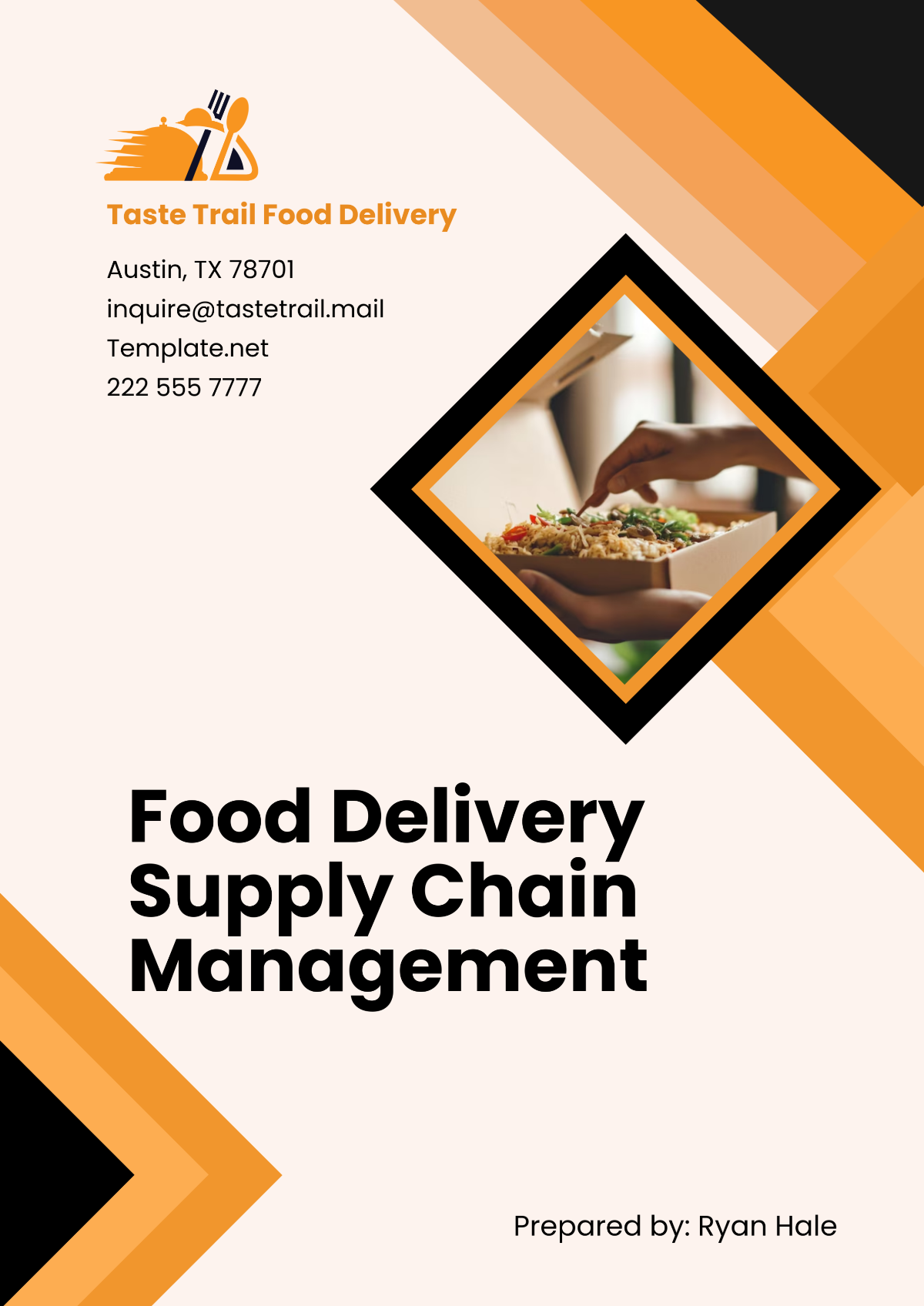
I. Introduction
In the rapidly evolving food delivery industry, supply chain management (SCM) plays a crucial role in ensuring the timely, efficient, and safe delivery of food to customers. Effective food delivery SCM involves coordinating various stakeholders, including suppliers, manufacturers, logistics providers, restaurants, and end customers. This multifaceted approach requires a deep understanding of each segment and the ability to adapt to changing market conditions. As a result, implementing an optimized supply chain is paramount for companies looking to remain competitive in this space. This comprehensive guide will explore the various components, processes, and strategies related to food delivery supply chain management, with a focus on how [Your Company Name] can utilize these principles to achieve operational excellence and drive sustainable growth.
II. Key Components of Food Delivery Supply Chain Management
Food delivery SCM involves several interdependent components that work together to deliver meals from restaurants to consumers. These components are critical for maintaining the efficiency and quality of the overall supply chain and include:
A. Suppliers
Suppliers are responsible for providing the raw materials and ingredients necessary for food preparation. In the context of a food delivery company, reliable suppliers are essential to maintaining the quality and availability of food items. Their reliability directly impacts the ability of restaurants to fulfill customer orders promptly.
Supplier Selection and Evaluation
The selection of suppliers should be based on several factors, including quality standards, pricing, delivery lead times, and reliability. By choosing the right suppliers, [Your Company Name] can ensure that the raw ingredients for meals are always available and meet food safety standards. Supplier evaluation should be an ongoing process, incorporating performance metrics to assess their reliability and responsiveness continuously.
Supplier Relationship Management
Maintaining strong, long-term relationships with suppliers can lead to better pricing negotiations, quicker responses to demand changes, and better contract terms. This collaboration also supports sustainability efforts and enhances overall supply chain performance. Regular communication and feedback can help both parties identify areas for improvement, fostering a culture of partnership and shared goals.
B. Inventory Management
Efficient inventory management ensures that restaurants and food providers always have the necessary ingredients in stock, without holding excessive inventory that could spoil. Inventory management plays a critical role in food delivery SCM, as it directly affects both operational efficiency and customer satisfaction.
Demand Forecasting
By using advanced demand forecasting techniques, [Your Company Name] can anticipate the volume of food orders and adjust inventory levels accordingly. Forecasts should be based on historical sales data, trends, and market conditions. Inaccurate forecasting can result in overstocking, leading to waste, or understocking, resulting in unmet customer demand. Implementing machine learning algorithms can enhance forecasting accuracy by continuously learning from new data.
Perishable Inventory Control
Unlike other industries, food delivery deals with perishable goods that have a limited shelf life. For this reason, [Your Company Name] must implement strict inventory control measures, including first-in, first-out (FIFO) protocols, temperature-controlled storage, and shelf-life tracking. Regular audits and monitoring of inventory can help minimize spoilage and ensure that food items are utilized before they reach their expiration dates.
Inventory Type | Storage Method | Maximum Shelf Life (Days) |
|---|---|---|
Fresh Vegetables | Refrigeration | [7] |
Dairy Products | Cold Storage | [10] |
Meat and Poultry | Freezer Storage | [30] |
Packaged Foods | Room Temperature | [90] |
C. Order Management
Order management involves receiving, processing, and fulfilling customer orders in an efficient manner. In the food delivery business, this process must be streamlined to ensure quick deliveries and customer satisfaction. An effective order management system minimizes errors, reduces processing time, and enhances the overall customer experience.
Order Processing Automation
Automating order processing systems allows [Your Company Name] to minimize errors and accelerate order confirmation, food preparation, and dispatch. Advanced algorithms can assign orders to the nearest available delivery partner, ensuring fast deliveries. Automation can also extend to invoicing and payment processing, improving cash flow and reducing administrative overhead.
Real-Time Tracking
Real-time tracking technology provides visibility into the status of orders from placement to delivery. This feature enhances customer experience by offering transparency and helps optimize delivery routes for efficiency. Customers can receive notifications regarding order status changes, such as preparation completion and estimated delivery time, which increases their satisfaction and trust in the service.
D. Logistics and Transportation
Logistics and transportation are critical for ensuring timely deliveries of food orders. An efficient transportation network enables [Your Company Name] to cover vast geographic areas and cater to large volumes of orders, especially during peak hours. The logistics function must be agile and responsive to fluctuations in demand while ensuring cost-effectiveness.
Last-Mile Delivery Optimization
The last mile refers to the final stage of the delivery process when the food is transported from the restaurant to the customer's location. This phase is often the most time-sensitive, and optimizing last-mile delivery can significantly reduce delays. Strategies for improvement include route planning algorithms, local delivery hubs, and bike or scooter couriers for congested urban areas. Additionally, utilizing crowd-sourced delivery drivers can enhance flexibility and scalability during peak periods.
Cold Chain Logistics
To maintain the freshness and safety of perishable foods, [Your Company Name] must implement cold chain logistics, ensuring that food remains at the required temperature throughout transportation. This involves using insulated vehicles, temperature monitoring systems, and proper packaging to prevent spoilage. Regular maintenance of transportation equipment is also essential to minimize the risk of equipment failure during deliveries.
III. Challenges in Food Delivery Supply Chain Management
Managing a food delivery supply chain involves various challenges that can impact efficiency, cost, and customer satisfaction. [Your Company Name] must proactively address these challenges to remain competitive in the dynamic landscape of food delivery.
A. Fluctuating Customer Demand
The food delivery market is highly dynamic, with demand fluctuating based on factors such as weather, holidays, promotions, and local events. Predicting and meeting demand spikes without overburdening the supply chain requires adaptive and scalable solutions. Additionally, seasonal trends, like the surge in demand for certain cuisines during specific holidays, can complicate planning efforts.
Peak Hour Challenges
High volumes of orders during peak hours, such as lunch and dinner times, can strain delivery resources. It’s essential to allocate sufficient staffing and transportation during these periods to avoid delays. Implementing surge pricing models during peak times can also help balance demand and ensure that enough drivers are available to meet customer needs.
Unpredictable Demand Patterns
Seasonal variations, promotions, and other factors can lead to unexpected demand patterns. To address this, [Your Company Name] can leverage predictive analytics and adaptive logistics strategies to scale operations as needed. Integrating customer feedback and monitoring social media trends can also provide insights into shifting consumer preferences.
B. Food Safety and Quality Control
Maintaining food safety and quality throughout the supply chain is critical to prevent contamination and ensure customer satisfaction. Food quality can degrade due to poor storage, improper handling, or long delivery times. Furthermore, public scrutiny regarding food safety can impact a brand’s reputation significantly.
Compliance with Food Safety Standards
[Your Company Name] must adhere to all food safety regulations set by government authorities. This includes proper labeling, safe storage, regular hygiene audits, and employee training on food handling best practices. Investing in staff training and certification programs can improve compliance and foster a culture of safety throughout the organization.
Temperature Control and Packaging
Proper packaging that retains food freshness during transit, along with temperature-controlled delivery vehicles, ensures that food reaches customers in the best condition. Innovative packaging solutions, such as vacuum-sealed bags and biodegradable materials, can help reduce spoilage and improve customer satisfaction. Additionally, using smart packaging that includes temperature indicators can provide an extra layer of assurance for both customers and the company.
C. Environmental Sustainability
The growing demand for environmentally sustainable practices requires [Your Company Name] to reduce its carbon footprint across the supply chain. Consumers are increasingly seeking brands that prioritize sustainability, which can influence their purchasing decisions.
Sustainable Sourcing
Sourcing local and organic ingredients reduces the environmental impact of food production. Additionally, partnering with suppliers who adhere to sustainable farming practices can help [Your Company Name] meet its sustainability goals. Transparency in sourcing practices can enhance brand loyalty, as customers increasingly favor companies that prioritize environmental stewardship.
Green Logistics
Implementing eco-friendly delivery methods such as electric vehicles, bicycle couriers, and optimized route planning can help reduce emissions. Reducing the use of single-use plastics in packaging is another way to minimize waste. Additionally, adopting carbon offset programs can further enhance [Your Company Name]'s commitment to environmental responsibility, appealing to eco-conscious consumers.
IV. Technological Innovations in Food Delivery SCM
Technology plays a pivotal role in modernizing the food delivery supply chain, enhancing efficiency, reducing costs, and improving customer experiences. By leveraging advanced technologies, [Your Company Name] can streamline operations and create a competitive advantage.
A. Artificial Intelligence (AI) and Machine Learning (ML)
AI and ML are becoming increasingly important in predicting demand, optimizing delivery routes, and managing inventory. These technologies can analyze vast amounts of data to uncover patterns that inform strategic decisions.
Demand Forecasting Algorithms
AI-based algorithms analyze historical data and real-time market conditions to forecast customer demand. This enables [Your Company Name] to adjust its inventory levels and workforce allocation, ensuring smooth operations even during demand surges. Implementing continuous learning models that adapt based on new data can further enhance forecasting accuracy and responsiveness.
Smart Delivery Routing
Machine learning can optimize delivery routes by considering real-time traffic, weather conditions, and delivery priority. This minimizes delivery times, reduces fuel consumption, and improves overall delivery efficiency. Additionally, integrating customer feedback regarding delivery times can help fine-tune algorithms for future route planning.
Key AI Applications | Benefits |
|---|---|
Demand Forecasting | Reduced stockouts and waste |
Delivery Route Planning | Lower transportation costs and faster deliveries |
Dynamic Pricing | Increased revenue during high demand |
B. Internet of Things (IoT)
IoT devices offer real-time visibility into the supply chain, allowing for precise monitoring of inventory levels, food temperatures, and delivery locations. This interconnectedness enables better decision-making and enhances operational efficiency.
Cold Chain Monitoring
IoT sensors can track the temperature of food items in real-time, ensuring that perishable goods are maintained within the required temperature range. If the temperature rises above a specified threshold, alerts can be sent to the relevant personnel to take corrective action. This level of monitoring not only ensures compliance with food safety regulations but also protects [Your Company Name] from potential losses due to spoilage.
Fleet Management Systems
GPS-enabled fleet management systems help [Your Company Name] monitor delivery vehicles, optimize routes, and track driver performance. This enables better control over last-mile deliveries and ensures timely and safe food delivery. Additionally, utilizing data analytics to evaluate driver performance can inform training programs and improve overall service quality.
C. Blockchain for Food Traceability
Blockchain technology offers a decentralized, transparent way to track food products from their source to the customer's doorstep. This technology is gaining traction as consumers demand more information about the origins of their food.
Transparency in the Supply Chain
Blockchain can document every stage of the supply chain process, from farm to fork, ensuring that customers can trace the origin of their food. This transparency builds trust and can be a key differentiator for [Your Company Name] in the competitive food delivery market. By providing customers with access to this information through user-friendly applications, [Your Company Name] can enhance customer engagement and satisfaction.
Food Safety and Recall Management
If a foodborne illness outbreak occurs, blockchain can facilitate faster identification of the source, enabling swift recall of contaminated products. This limits damage to the brand’s reputation and reduces legal liabilities. Moreover, having a robust traceability system can improve overall compliance with food safety regulations and enhance operational resilience.
V. Cost Optimization Strategies
Effective cost management is crucial for profitability in the food delivery industry. [Your Company Name] can adopt several strategies to optimize costs without compromising on quality or service. A comprehensive understanding of cost drivers is essential for identifying areas of potential savings.
A. Strategic Partnerships with Suppliers
Building long-term partnerships with key suppliers allows for better price negotiation and favorable contract terms. By consolidating purchases with select suppliers, [Your Company Name] can benefit from bulk pricing discounts. These relationships can also facilitate quicker response times to changes in demand, allowing for more agile inventory management.
B. Efficient Route Optimization
Transportation costs are a significant part of the food delivery SCM budget. Optimizing delivery routes through technology can result in shorter distances traveled, reduced fuel consumption, and fewer delivery delays. By continuously evaluating and refining delivery routes, [Your Company Name] can ensure that it meets customer expectations while minimizing expenses.
Fuel Cost Reduction
Implementing real-time route planning based on traffic and weather conditions can minimize the time delivery drivers spend on the road, thereby lowering fuel expenses. Utilizing fuel-efficient vehicles or alternative energy sources, such as electric vehicles, can also lead to substantial savings over time.
Delivery Consolidation
Combining multiple orders into a single trip, where feasible, can reduce transportation costs. This requires intelligent scheduling algorithms that consider order proximity and delivery deadlines. Additionally, this approach can enhance efficiency by reducing the number of trips made, thereby maximizing the utilization of delivery resources.
C. Automation of Repetitive Tasks
Automating routine tasks such as order processing, inventory management, and customer service can lower labor costs and increase operational efficiency. Chatbots, AI-based assistants, and automated inventory systems can significantly streamline processes and allow employees to focus on higher-value tasks.
VI. Conclusion
Supply chain management in the food delivery industry is a complex and dynamic process that requires a fine balance between cost-efficiency, speed, and quality. By incorporating advanced technologies, maintaining strong relationships with suppliers, and optimizing logistics, [Your Company Name] can build a robust supply chain that meets customer expectations in 2050 and beyond.
Implementing the strategies outlined in this comprehensive guide will position [Your Company Name] to stay ahead of the competition while minimizing costs, improving sustainability, and delivering superior service. As consumer preferences evolve, adapting to changing market conditions will be vital for long-term success.
By investing in cutting-edge innovations such as AI, IoT, and blockchain, [Your Company Name] can future-proof its food delivery supply chain for the challenges and opportunities that lie ahead. This commitment to continuous improvement and adaptation will not only enhance operational efficiency but also foster customer loyalty and trust, positioning [Your Company Name] as a leader in the food delivery industry. The future of food delivery is bright, and with the right strategies in place, [Your Company Name] can lead the way in shaping that future.
- 100% Customizable, free editor
- Access 1 Million+ Templates, photo’s & graphics
- Download or share as a template
- Click and replace photos, graphics, text, backgrounds
- Resize, crop, AI write & more
- Access advanced editor
Optimize your operations with the Food Delivery Supply Chain Management Template from Template.net. This editable and customizable template assists in managing suppliers, inventory, and logistics effectively. Tailor it using our Ai Editor Tool to ensure seamless coordination throughout your supply chain, enhancing efficiency and service quality.
